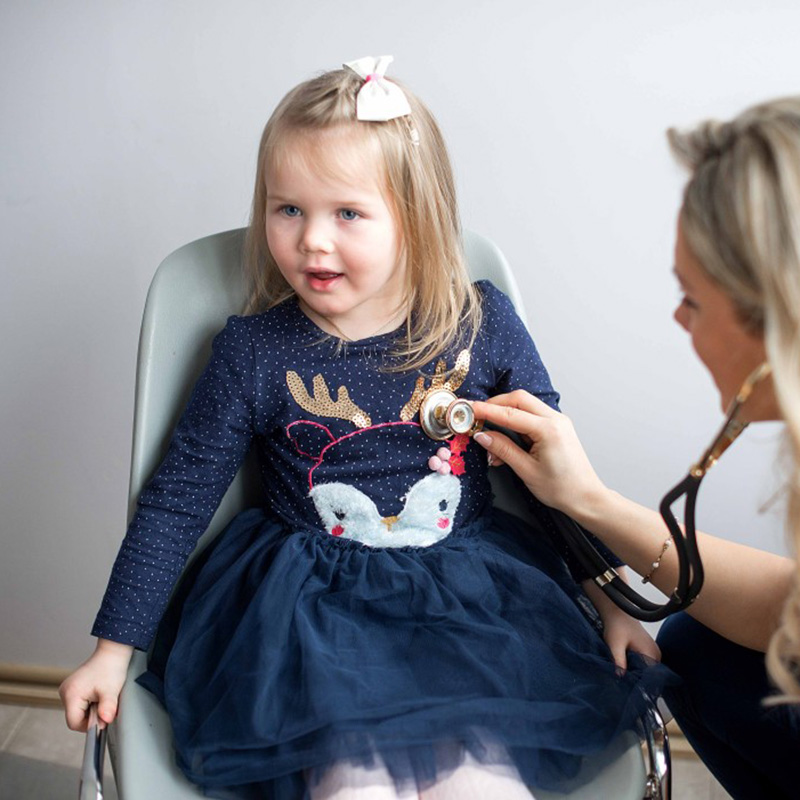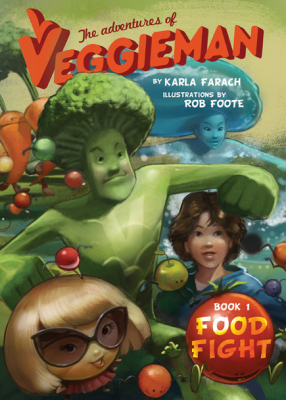
If your children struggle with hyperactivity, schoolwork, or mood swings, you may wonder if what they’re eating could be a factor. Studies suggest artificial food dyes are a major dietary culprit that could impact some children’s behavior and learning. Here’s a closer look at how these fake colors could affect your children and what you can do about it.
Discovering the Food Dye-Behavior Link
For more than 40 years, scientists have been looking at the effects of artificial food dyes on children’s behavior. This effort was begun in the 1970s by a pediatric allergist named Benjamin Feingold, MD.
Dr. Feingold had observed that certain food additives, including food dyes, seemed to increase the risk of hyperactivity and other behavior problems. When he put children on an elimination diet to remove the dyes and other problematic ingredients, he reported that 60% to 70% of the children improved. Since then, researchers have published several studies that support his findings.
For example, in a study of 200 hyperactive children, 150 of them (75%) experienced improved behavior when artificial food dyes were eliminated from their diet for six weeks. When they were given food dyes again, their symptoms — like irritability, restlessness, and sleep problems — came back. The more food dye they were given, the more their symptoms increased.
Similarly, three studies of children in England tested a diet free of artificial dyes for two weeks. Then the children were given a fruit drink containing artificial colors or a placebo. All three studies showed a small but significant effect of the dyes on the children’s behavior. Some of the kids who did better going dye-free had attention-deficit hyperactivity disorder (ADHD). But many other kids without the disorder also had improved behavior when they avoided artificial colors.
Further investigation suggested that certain genetic factors play a role in food dye sensitivity. For example, food dyes can trigger the body to release histamine. Some kids (and adults) have genetic variants that make it more difficult to clear this inflammatory chemical from the body.
Ways Food Dyes May Affect Behavior and Learning
According to the Feingold Association and scientific studies, artificial food dyes (as well as some other food additives) have been linked with:
- Significant hyperactivity — unable to sit still; wiggling legs or hands; constantly moving
- Impulsive actions — disruptive; doesn’t respond to discipline; poor self-control; doesn’t notice danger; talks too much or too loudly
- Compulsive behaviors — repetitive actions; excessive touching of things/people; chews clothes or other objects; scratches or picks at the skin
- Emotional concerns — easily upset; irritable; impatient; anxious; mood swings
- Difficulty thinking — trouble processing or comprehending information; struggles using reasoning, such as to solve math problems
- Short attention span — easily distracted; trouble following directions; don’t complete projects; doesn’t seem to hear you
- Nerve/muscle symptoms — accident-prone; poor coordination; difficulty with speech, reading, or writing; overreactive to touch, pain, sound, or lights
- Sleep issues — trouble falling asleep; restless sleep; nightmares
Keep in mind that many of the above symptoms can have more than one cause. So, if you remove artificial food dyes from your child’s diet (and personal care products like toothpaste) but don’t see as much improvement as you hoped, other factors may also be involved.
Cutting Out Artificial Colors
You may have heard nutritional advice to “eat the rainbow.” But highly processed, artificially colored foods aren’t the rainbow of colors that health experts intended.
Naturally colorful plant-based foods like vegetables, fruits, and legumes (beans) are light years ahead in nutrition. Shifting your child’s plate to include more of these colorful foods is the perfect place to start cutting out food dyes.
Besides choosing more unprocessed whole foods, some other tips for ridding your child’s eating plan of artificial food dyes include:
- Read ingredients — Artificial food dyes commonly found in foods include Blue 1, Blue 2, Green 3, Red 3, Red 40, Yellow 5, and Yellow 6. Check for them in the ingredients list of packaged foods. Many chain restaurants list meal ingredients online.
- Beware “kid” foods — Artificial colors are common in packaged foods marketed to kids. In a study of 810 different kid-targeted food products sold in a grocery store in North Carolina, 43% contained artificial colors.
- Opt for organic packaged foods — Certified organic foods cannot contain artificial food dyes. They also don’t contain artificial flavors and synthetic preservatives. So, they make finding healthier choices a little simpler.
- Don’t be fooled by “natural” marketing — The word “natural” isn’t precisely defined or regulated. Some packaged foods and beverages claiming to be natural have been found to contain artificial colors.
- Offer similar alternatives — If you’re concerned your children will feel left out if they can’t share in party treats with their peers, keep naturally colored alternatives on hand. Health food stores offer better treats like lollipops and frozen desserts made with natural food coloring. Or, whip up your own goodies, such as popsicles made from real fruit.
The most supportive way to help your child cut out fake food colors is for the whole family to eat the same healthier foods. Don’t be surprised if other family members also notice some benefits of an eating plan free of artificial dyes.










